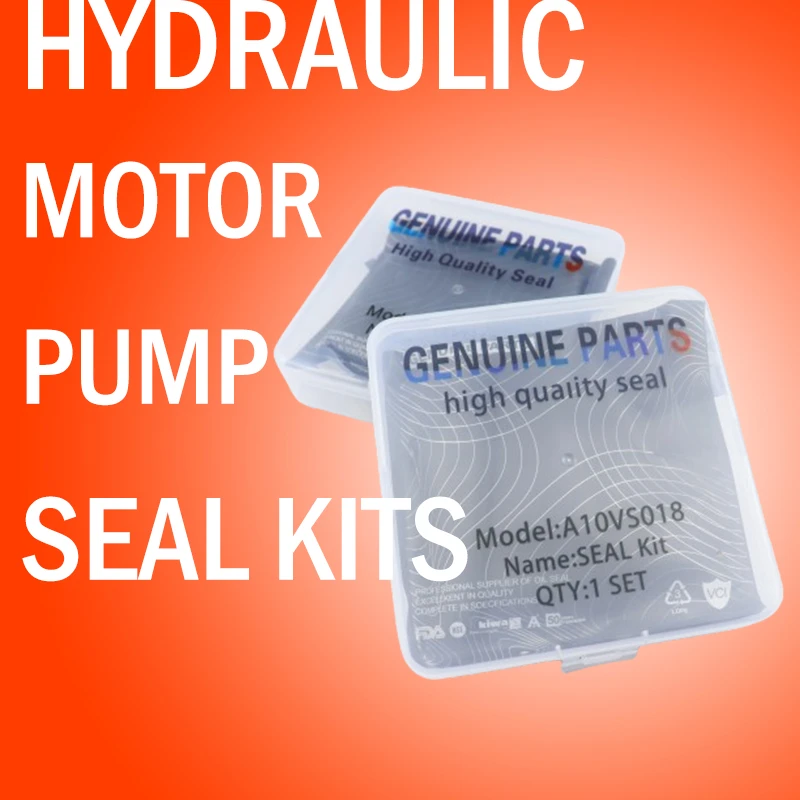Dec . 25, 2024 05:05 Back to list
Understanding Hydraulic Seals in Fluid Systems and Their Applications for Optimal Performance
Understanding Hydraulic Seals Essential Components in Fluid Power Systems
Hydraulic seals play a critical role in the operation of hydraulic systems, which are widely used across various industries including manufacturing, automotive, aerospace, and construction. These seals are specially designed components that prevent fluid leaks and maintain pressure within hydraulic circuits. Their importance cannot be overstated, as they ensure the reliability and efficiency of hydraulic machinery and equipment.
What are Hydraulic Seals?
Hydraulic seals are mechanical devices that form a barrier between stationary and moving parts in a hydraulic system. They are primarily used to contain hydraulic fluids and prevent leakage, which could lead to system failure or loss of performance. The materials from which hydraulic seals are made can vary, including rubber, polyurethane, and various composites, each selected based on the specific requirements of the application, such as pressure, temperature, and the type of hydraulic fluid.
Types of Hydraulic Seals
There are several types of hydraulic seals, each designed for different functions and applications
1. Rod Seals These seals are employed to prevent fluid leakage between the piston rod and the cylinder barrel. They are crucial in applications involving linear motion, ensuring that the hydraulic fluid remains confined within the cylinder to facilitate efficient operation.
2. Piston Seals Used in conjunction with rod seals, piston seals prevent fluid from leaking between the piston and the cylinder wall. They are essential in applications where the fluid pressure needs to be maintained to push the piston effectively.
3. Static Seals These seals are used in fixed joints between two components, preventing hydraulic fluid from leaking through gaps. They are vital in ensuring that connectors and other static parts do not allow significant fluid loss.
hydraulic seal

4. Backup Rings While not seals in the conventional sense, backup rings are used alongside other seal types to prevent extrusion and improve longevity. They provide additional support and help maintain the integrity of the mating seals under high pressure.
Applications of Hydraulic Seals
The applications of hydraulic seals are extensive. In the automotive industry, hydraulic seals are essential for power steering systems, brake systems, and automatic transmissions. Their reliability directly impacts the safety and performance of vehicles. In construction, hydraulic machinery such as excavators, bulldozers, and forklifts depend on hydraulic seals to function effectively, as they manage the pressure required to move heavy loads.
In the aerospace sector, hydraulic seals are crucial in flight control systems and landing gear. The extreme conditions and high reliability requirements in aviation make the choice of the correct seal material and type critical.
Importance of Proper Seal Maintenance
While hydraulic seals are designed for durability, they are not immune to wear and tear. Factors such as operating pressure, temperature fluctuations, and exposure to harsh chemicals can lead to seal degradation. Regular inspection and maintenance are vital to extend the life of hydraulic seals and ensure optimal performance. Signs of damage may include leaks, reduced efficiency, or increased operational noise.
Replacing worn seals promptly can prevent more severe issues, such as system failure or costly downtime. Understanding the specific requirements of the hydraulic system, including pressure ratings and fluid compatibility, is essential when selecting and maintaining seals.
Conclusion
In conclusion, hydraulic seals serve as the unsung heroes within hydraulic systems, ensuring efficiency, safety, and functionality across various applications. Their design, material choice, and maintenance play pivotal roles in the performance of hydraulic machinery. As industries continue to innovate and develop more advanced hydraulic systems, the demand for high-quality hydraulic seals will undoubtedly increase. Understanding their significance can lead to improved system reliability and longevity, ultimately enhancing operational efficiency. For anyone involved in designing or maintaining hydraulic systems, a solid grasp of hydraulic seals is indispensable.
-
TCN Oil Seal Metal Ring Reinforcement for Heavy Machinery
NewsJul.25,2025
-
Rotary Lip Seal Spring-Loaded Design for High-Speed Applications
NewsJul.25,2025
-
Hydraulic Cylinder Seals Polyurethane Material for High-Impact Jobs
NewsJul.25,2025
-
High Pressure Oil Seal Polyurethane Coating Wear Resistance
NewsJul.25,2025
-
Dust Proof Seal Double Lip Design for Construction Equipment
NewsJul.25,2025
-
Hub Seal Polyurethane Wear Resistance in Agricultural Vehicles
NewsJul.25,2025
-
The Trans-formative Journey of Wheel Hub Oil Seals
NewsJun.06,2025
Products categories
















